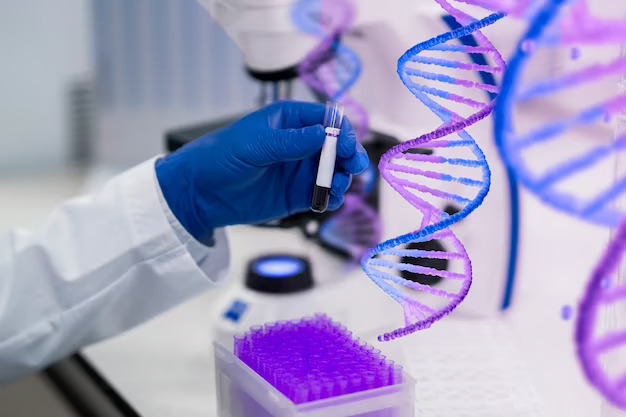New Circulating Tumor DNA Test Measures Multiple Markers for Early Cancer Detection
Posted on 04 Aug 2023
The presence of circulating tumor DNA (ctDNA) in the bloodstream can serve as a valuable biomarker for early cancer detection due to its inherited genetic and epigenetic alterations from the original tumor DNA. By identifying distinct patterns in these alterations, specific to various tumor types and tissues of origin, it becomes possible to pinpoint an unidentified primary cancer and its location. However, current testing methods often fall short of accurately determining the origin of tumor DNA and/or involve comprehensive gene sequencing, making them too expensive for broader population screening. A novel technique has now been devised by scientists to simultaneously measure multiple cancer-specific hallmarks of ctDNA, facilitating early tumor detection and localization.
Researchers at Gene Solutions (Ho Chi Minh City, Vietnam) and the Medical Genetics Institute (Ho Chi Minh City, Vietnam) have formulated a unique approach known as SPOT-MAS (Screening for the Presence of Tumor by DNA Methylation and Size). This approach combines targeted high-depth gene sequencing with shallow whole-genome sequencing to uncover several characteristics of ctDNA. The method allows for the identification of methylation profiles, DNA copy number, ctDNA fragment size, and sequence motifs at the end of the fragments – all of which distinguish tumor DNA from healthy DNA. Using this approach, the researchers analyzed samples from 738 cancer patients (including breast, colorectal, liver, lung, and stomach cancer) and 1,550 healthy individuals, subsequently using an algorithm to determine ctDNA signatures for each cancer type. The researchers further assessed this approach using a different group of 239 patients, each diagnosed with one of the five cancer types.

The researchers discovered that the SPOT-MAS approach detected 73% of cancers with a 97% accuracy rate using just shallow-depth sequencing. Furthermore, the test pinpointed the tissue of origin with 70% accuracy. On comparing models focusing solely on one attribute, such as DNA copy number, it was found that models considering multiple attributes were markedly superior to those using single features. The test proved most effective for liver cancer detection, identifying approximately 90% of cases, but less so for breast cancer, detecting only about half the cases. This observation is consistent with prior research suggesting that liver tumors release more ctDNA than breast cancers. Further research is now required to compare this new method with existing ctDNA techniques to demonstrate its superior performance and cost-effectiveness over tests relying solely on single features. Further studies are also required to evaluate this test on larger cohorts of patients with earlier cancer stages than those included in the present study.
“Our work demonstrates that SPOT-MAS, with its unique combination of ctDNA feature and innovative machine learning algorithms, can successfully detect and localize multiple types of cancer through low-cost sequencing techniques,” said Le Son Tran, Principle Investigator and RD team leader at Gene Solutions and the Medical Genetics Institute. “A large, multi-center prospective study with several years’ follow-up is currently underway to fully validate the performance of SPOT-MAS as an early cancer screening test before it’s considered for use in a wider clinical setting.”
Related Links:
Gene Solutions
Medical Genetics Institute













